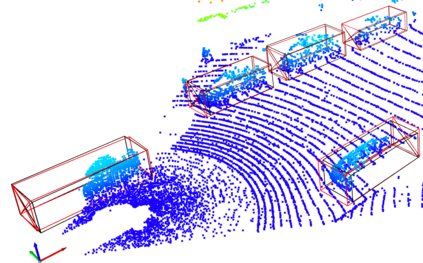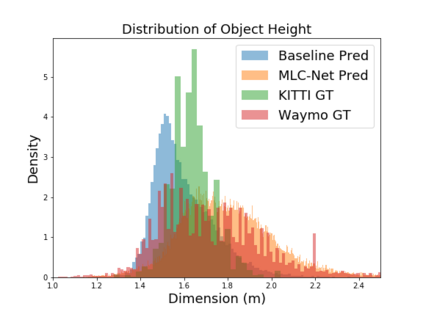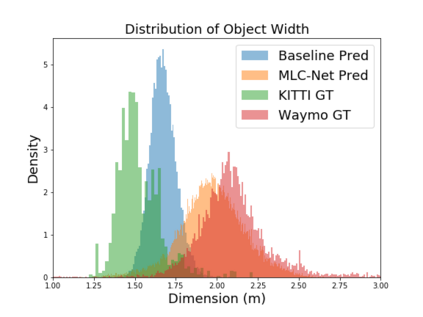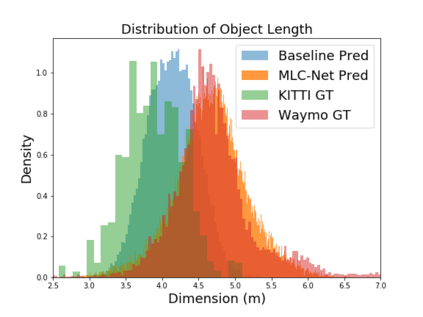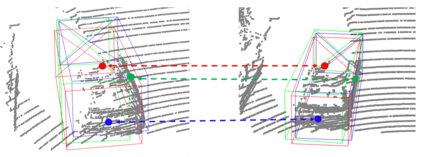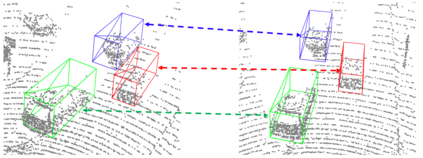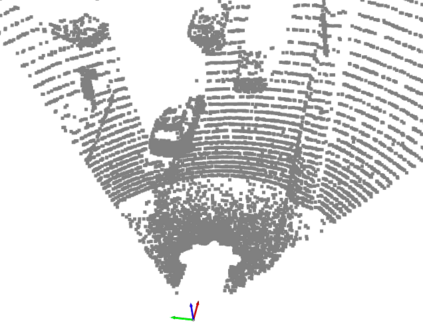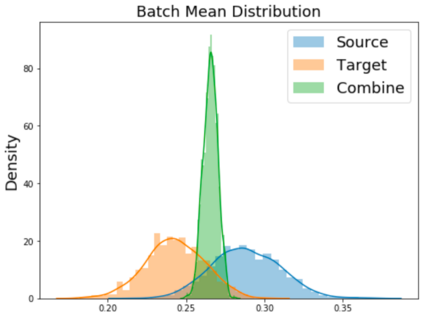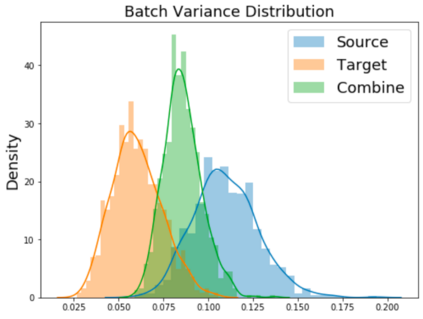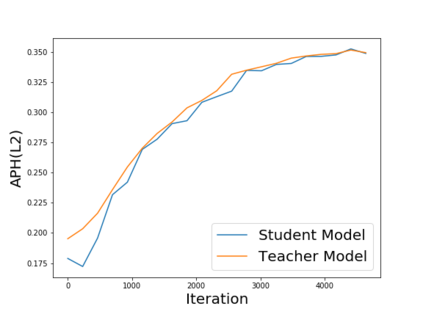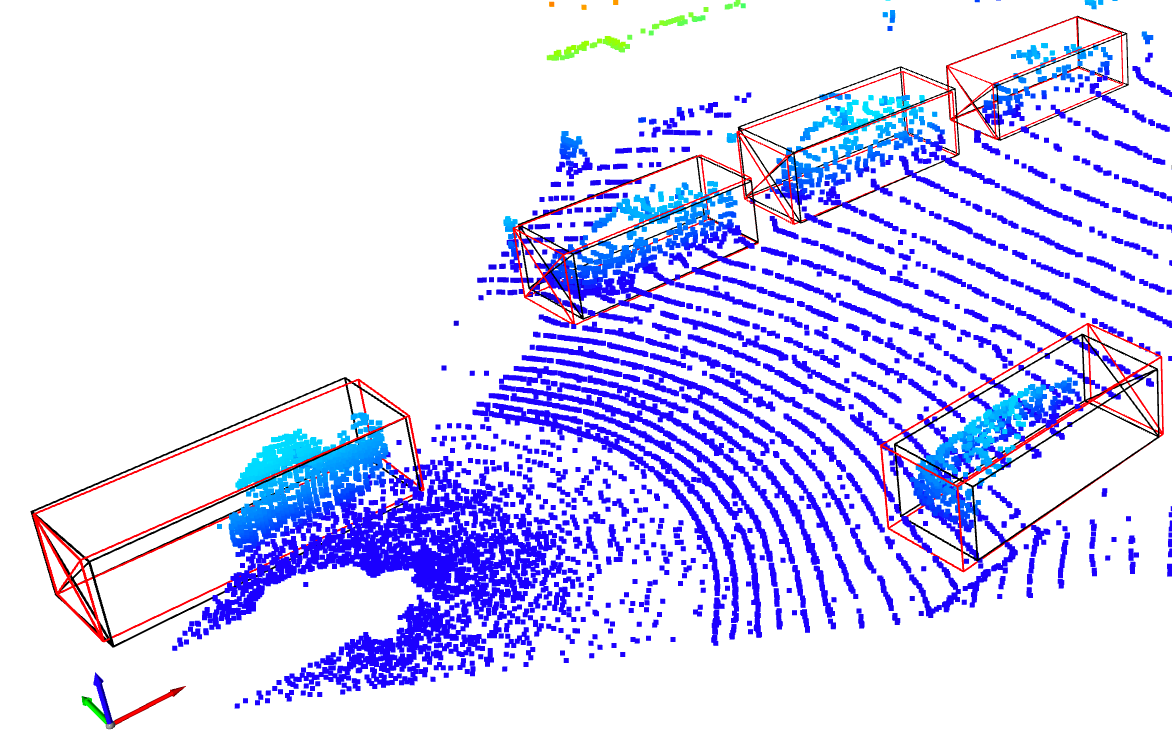Deep learning-based 3D object detection has achieved unprecedented success with the advent of large-scale autonomous driving datasets. However, drastic performance degradation remains a critical challenge for cross-domain deployment. In addition, existing 3D domain adaptive detection methods often assume prior access to the target domain annotations, which is rarely feasible in the real world. To address this challenge, we study a more realistic setting, unsupervised 3D domain adaptive detection, which only utilizes source domain annotations. 1) We first comprehensively investigate the major underlying factors of the domain gap in 3D detection. Our key insight is that geometric mismatch is the key factor of domain shift. 2) Then, we propose a novel and unified framework, Multi-Level Consistency Network (MLC-Net), which employs a teacher-student paradigm to generate adaptive and reliable pseudo-targets. MLC-Net exploits point-, instance- and neural statistics-level consistency to facilitate cross-domain transfer. Extensive experiments demonstrate that MLC-Net outperforms existing state-of-the-art methods (including those using additional target domain information) on standard benchmarks. Notably, our approach is detector-agnostic, which achieves consistent gains on both single- and two-stage 3D detectors.
翻译:随着大规模自主驱动数据集的出现,基于深层次学习的3D天体探测取得了前所未有的成功。然而,急剧的性能退化仍然是跨域部署的重大挑战。此外,现有的3D域适应性探测方法通常会事先获取目标域说明,在现实世界中这是很少可行的。为了应对这一挑战,我们研究一种更现实的环境,这种环境是不受监督的3D域适应性探测,仅使用源域说明。 (1) 我们首先全面调查3D探测领域差距的主要根本因素。我们的主要见解是,几何不匹配是域变的关键因素。 (2) 然后,我们提出一个新的统一框架,即多级协调网络(MLC-Net),这个框架采用教师-辨识模型来产生适应性和可靠的假目标。MARC-Net利用点、实例和神经统计层面的一致性,以便利跨域域域的转让。广泛的实验表明,在标准基准方面,MARC-Net(包括使用额外目标域信息的方法)超越了现有的状态方法。(2) 然后,我们提出了一个新的统一框架,即多级协调网络(MLCT-Net-Net),它采用一种师范式模式来产生适应双级的检测和一级探测器。

